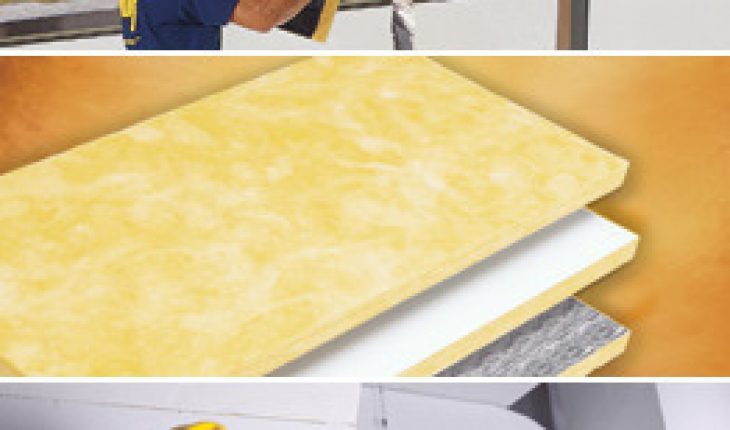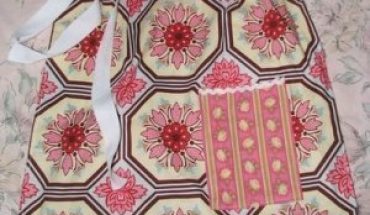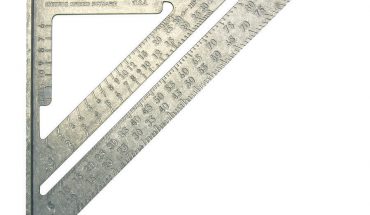Insulation boards are man-made, cut to fit pieces of board made from fiberglass or foam plastics. As far as do it yourself home installation goes, this is probably the easiest method there is to insulate your home. The different types of boards have different thickness and different insulating or R- values. These values tell the safety of the board. Usually the thicker the boards, the higher the R- value. There are two main types of insulation available; those made of fiberglass and those made of foam. The foam insulation boards have sub groups which have different R- values and insulation uses.
Types of insulation boards
Fiberglass insulation boards
Fiberglass insulation boards are glass fibers bound together to form a rigid board. The fiberglass boards do not wear out over time and provides long-term energy savings. Some disadvantages to this product include; it is a possible carcinogen and has been known to cause skin, eye and lung irritation to those who are involved in its installment.
Installation of fiberglass insulation boards
Tools
- Stencil knife, for industrial, not crafts use
- Protective clothing
- Safety gloves
- Dust mask
- Protective eyewear
- Adhesive (double sided tape that is high in adhesive strength)
- Tape measure
- Long ruler or straight edge
- Water- proof paint
Method
- After you have determined the r values (visit: http://www.guardianbp.com/litlib/How_To_Install_Insul.pdf) for your home you may proceed with your installation.
- Paint your walls with water proof paint and let dry. The paint helps to reduce mold cultures from forming in your walls.
- Give your paint a couple of days to dry then start your insulation.
- Measure the specific areas on the walls to be insulated using a tape measure.
- Take your fiberglass sheeting and using your straight edge cut the required measurement.
- Fit your cut piece snugly into your wall and continue until you are through.
- If you find that your pieces do not fit as snugly as you would like then it is advisable to use the double sided tape.
Plastic foam board insulation
Expanded polystyrene and extruded polystyrene
These are closed cell foam insulation, good for insulation of the interior basement walls.
Phenolic foam
Is a foamed- in ? place insulation, it uses the air as a foaming agent. This type of insulation is not popular because it shrinks after curing, thus affecting its insulation properties.
Polyurethane and polyisocyanurate
These are both urethanes and have a high thermal resistance. The cell structure of this foam is rigid and is used in laminated panels.
Installation of plastic foam boards insulation
Foam boards are insulated much in the same way as fiberglass boards.
To insulate roofs for both fiberglass and plastic foams insulation boards you will need furring strips (these are metal or wooden strip of wood used to form a large frame in the area to be insulated) Cut your fiberglass or plastic foam boards to fit and slip them into the slots so that they cover the entire slot. You do not need to secure them, especially if your electrical connections run through your roof.





